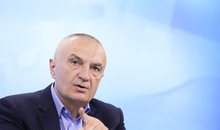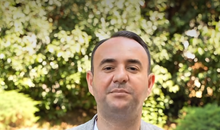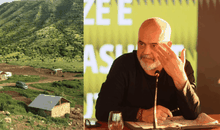
 Flash News
Flash News
Ceno Klosi with over 800 stolen votes, Balluku finds the reason is the tiredness of the counters
"Fast & Furious" in the former Block, police chase an Audi Q8, 4 cars collide
Car hits two tourists on a motorcycle in Fushe Arrëz, one of them dies
Serious accident in Thumanë, one dead, 3 injured
Durrës Court suspends the director of Pre-University Education from duty

Abu Muhammad al-Jolani was for years a relatively unknown militant leader in Syria.
But the 42-year-old came to the spotlight after leading a surprise military offensive that ousted longtime Syrian President Bashar al-Assad.
In a sign of his rapid rise, Jolani used his real name – Ahmed al-Sharaa – instead of his pseudonym as he triumphantly declared “taking control of Damascus” in a televised address on December 8.
Jolani, the leader of the US-designated terrorist group Hayat Tahrir al-Sham (HTS), has long sought to change his public image. He publicly renounced his ties to al-Qaeda and has sought to portray himself as a pragmatic and tolerant leader.
Now, the extent of this transformation will be tested as Jolani, who has a $10 million bounty on his head, and HTS prepare to play a major role in Syria after Assad's fall.
HTS is an Islamist militant group that aims to establish a state in Syria governed by Islamic law. HTS is allied with several smaller Islamist militant groups, some of which are made up of foreign fighters from Europe and Central Asia.
Aaron Zelin, a senior fellow at the Washington Institute, described HTS members as "political jihadists."
"Jolani and HTS are more pragmatic in politics - they are sort of between traditional political Islamists and what we describe as global jihadists," like members of Al-Qaeda and the extremist group, Islamic State (IS), he added.
Jolan was born in 1982 in Saudi Arabia to Syrian parents who moved there from the Israeli-occupied Golan Heights.
The early years of his militant activities are murky. It is believed that he joined Al-Qaeda in Iraq (AQI) after the US invasion in 2003.
In 2012, Jolani founded Jabhat al-Nusra, or the Nusra Front, the Syrian branch of Al-Qaeda.
Based in Syria's northwestern Idlib province, the group changed its name several times and distanced itself from al-Qaeda. In 2017, it merged with other opposition groups to form HTS.
Jolani once sported a turban, long beard, and military uniform. But he has shed these distinctive features of a militant leader, choosing to wear jackets, shave his beard, and give interviews to Western media.
The HTS leader is "cunning and determined to achieve and consolidate power for himself and his organization," said Phillip Smyth, an expert on Iran's affiliates and Shiite militias.
Despite the change in image and efforts to present himself as a pragmatist and moderate, there are still concerns about Jolan and his group regarding alleged human rights violations and their links to terrorist groups.
In a 2013 statement announcing the designation of Jolan as a terrorist, the US State Department referred to suicide attacks carried out by Jolan's Nusra Front and said that their "violent, sectarian vision" conflicts with the aspirations of the Syrian people.
"Extremism and terrorist ideology have no place in a post-Assad Syria," the statement said.
In 2017, the US Embassy in Syria wrote in X that Washington remains “committed to bringing to justice” key figures in the Syrian al-Qaeda network, including Jolan.
HTS's primary goal was to overthrow the Assad government, but their secondary objective was "to build institutions that would be useful and helpful to Syrians," Zelin said.
"Clearly, they have documented attempts to achieve this in Idlib," he added.
But even if Jolani and HTS keep their promises of tolerance and inclusiveness, lifting the decision to declare them as terrorists could take years, Zelin said./ REL
Latest news


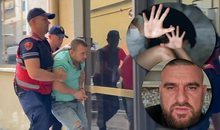
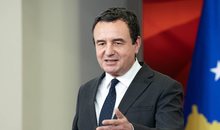
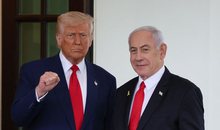
Lufta në Gaza/ Pse Netanyahu do vetëm një armëpushim 60-ditor, jo të përhershëm?
2025-07-02 21:56:08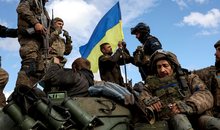
US suspends some military aid to Ukraine
2025-07-02 21:40:55
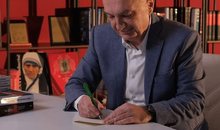
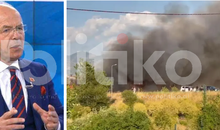
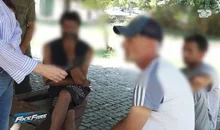
Methadone shortage, users return to heroin: We steal to buy it
2025-07-02 20:57:35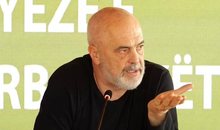
Government enters oil market, Rama: New price for consumers
2025-07-02 20:43:30
WHO calls for 50% price hike for tobacco, alcohol and sugary drinks
2025-07-02 20:41:53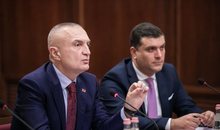
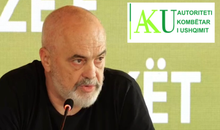
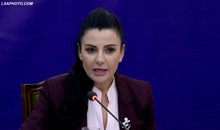

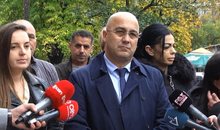



Israel agrees to 60-day ceasefire in Gaza, but many unanswered questions remain
2025-07-02 18:35:27
The weather in Germany is going "crazy", temperatures reach 40°C
2025-07-02 18:22:21

"Fast & Furious" in the former Block, police chase an Audi Q8, 4 cars collide
2025-07-02 17:59:25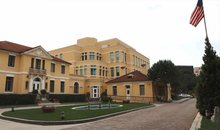
"Birth on a tourist visa? US Embassy warns Albanians: This is prohibited!"
2025-07-02 17:48:16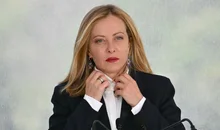
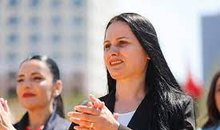
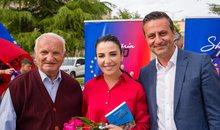
BIRN: Fier recount reveals vote trafficking within open political party lists
2025-07-02 16:57:19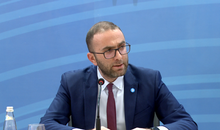

CEO and former director of 'Bankers Petroleum' arrested in Fier
2025-07-02 16:40:42
Car hits two tourists on a motorcycle in Fushe Arrëz, one of them dies
2025-07-02 16:33:23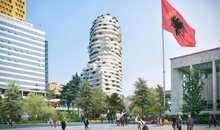
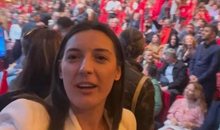
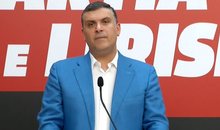
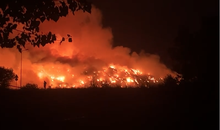
Fire at the Elbasan Incinerator Landfill, Prosecution Launches Investigations
2025-07-02 15:34:54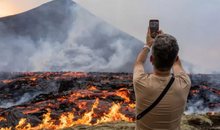
What you need to know if you travel to a country with active volcanoes
2025-07-02 15:33:03



EU proposes 90% reduction in greenhouse gases by 2040
2025-07-02 14:50:23
Europe is burning from the heat / Italy and France are on maximum alert
2025-07-02 14:36:52

Moscow's contradictory statements: Is the friendship with Vučić breaking down?
2025-07-02 14:21:05
'I lost my battle': Sea warming is killing fishing in Albania
2025-07-02 14:08:35
Sekretet kimike që ndihmojnë në mbajtjen e mjaltit të freskët për kaq gjatë
2025-07-02 14:01:26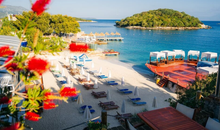
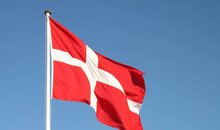
Denmark makes historic decision to make military service mandatory for women
2025-07-02 13:44:33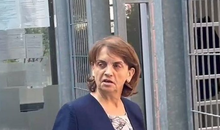
The appeal of the GJKKO leaves former judge Pajtime Fetahu in prison
2025-07-02 13:30:20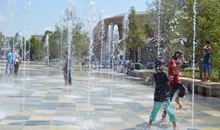
Productivity losses could reduce GDP by 1.3% as a result of extreme heat
2025-07-02 13:21:04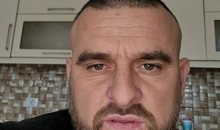
He abused his minor daughter, Zamir Meta is left in prison
2025-07-02 13:04:04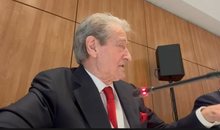

Waste burning in Elbasan, Alizoti: They are poisoning people and stealing money
2025-07-02 12:48:39
Civil disobedience continues in Serbia, dozens of people detained
2025-07-02 12:40:32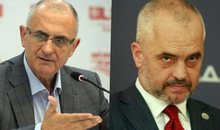
Rama's government was born under the sign of garbage and will end like this
2025-07-02 12:28:09
Water prices increase in the municipalities of the Elbasan region
2025-07-02 12:13:38
Civil disobedience continues in Serbia, what is happening in Belgrade?
2025-07-02 12:07:44
Serious accident in Thumanë, one dead, 3 injured
2025-07-02 11:54:42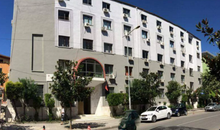
Durrës Court suspends the director of Pre-University Education from duty
2025-07-02 11:49:27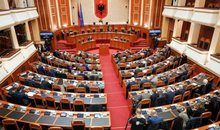
Plenary session on Thursday, what is expected to be discussed
2025-07-02 11:36:43
Europe is burning from heat waves/ What is the 'thermal dome' phenomenon?
2025-07-02 11:26:25
Wanted by Italy for murder, 45-year-old arrested in Vlora
2025-07-02 11:19:31
Fire situation, 28 fires reported in 24 hours, 2 still active
2025-07-02 11:13:20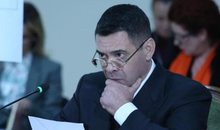
"Buka" file, preliminary hearing for Ahmetaj postponed to July 17
2025-07-02 11:03:30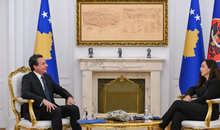
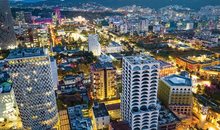

Baçi: Belinda Balluku and Ceno Klosi, the most dangerous "gangs" in Fier
2025-07-02 10:32:09
Zamir Meta, suspected of sexually abusing his daughter, arrives in court
2025-07-02 10:21:33
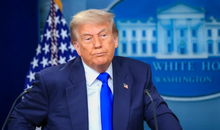
Trump: Israel has agreed to a 60-day ceasefire in Gaza
2025-07-02 10:01:55
Fire continues at Elbasan landfill
2025-07-02 09:51:13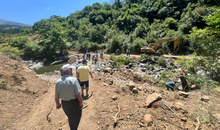

Dates to note during July, important events will occur
2025-07-02 09:31:45
The hearing for Jorgo Goro's claim is postponed
2025-07-02 09:24:19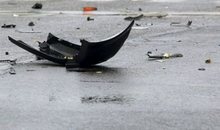
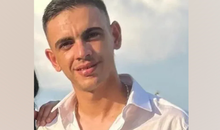
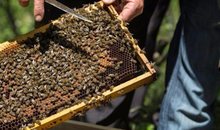

Foreign exchange, the rate at which foreign currencies are sold and bought
2025-07-02 08:42:31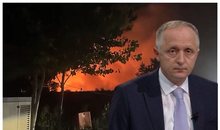

52% of pensioners did not receive full pension in 2024
2025-07-02 08:27:18
Horoscope, what do the stars have in store for you today?
2025-07-02 08:13:36
Hot weather, Wednesday brings high temperatures
2025-07-02 07:59:16
Morning Post/ In 2 lines: What mattered yesterday in Albania
2025-07-02 07:46:15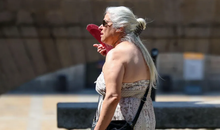
Heatwave sweeps across Europe, Spain and England record hottest June ever
2025-07-01 22:57:41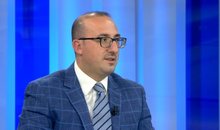

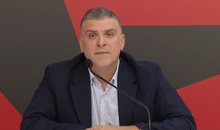




Golem and Qerret without water at the peak of the tourist season
2025-07-01 21:09:32

Euractiv: Italy-Albania migrant deal faces biggest legal challenge yet
2025-07-01 20:53:38
BIRN: Brataj and Fevziu victims of a 'deepfake' on Facebook
2025-07-01 20:44:00

Vlora by-pass, work delays and cost increases
2025-07-01 20:24:29

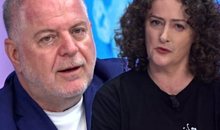

Milan are expected to give up on the transfer of Granit Xhaka
2025-07-01 19:41:25